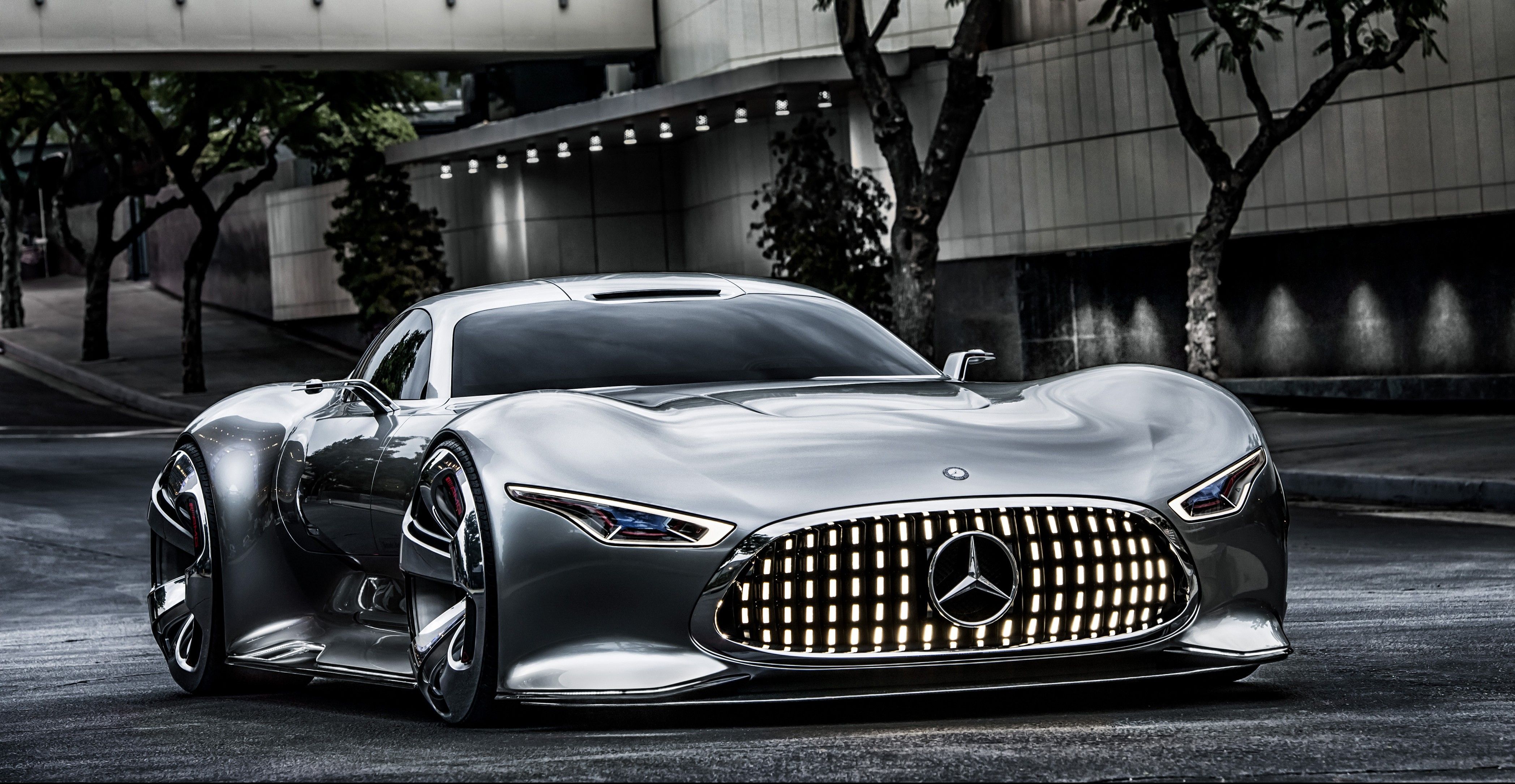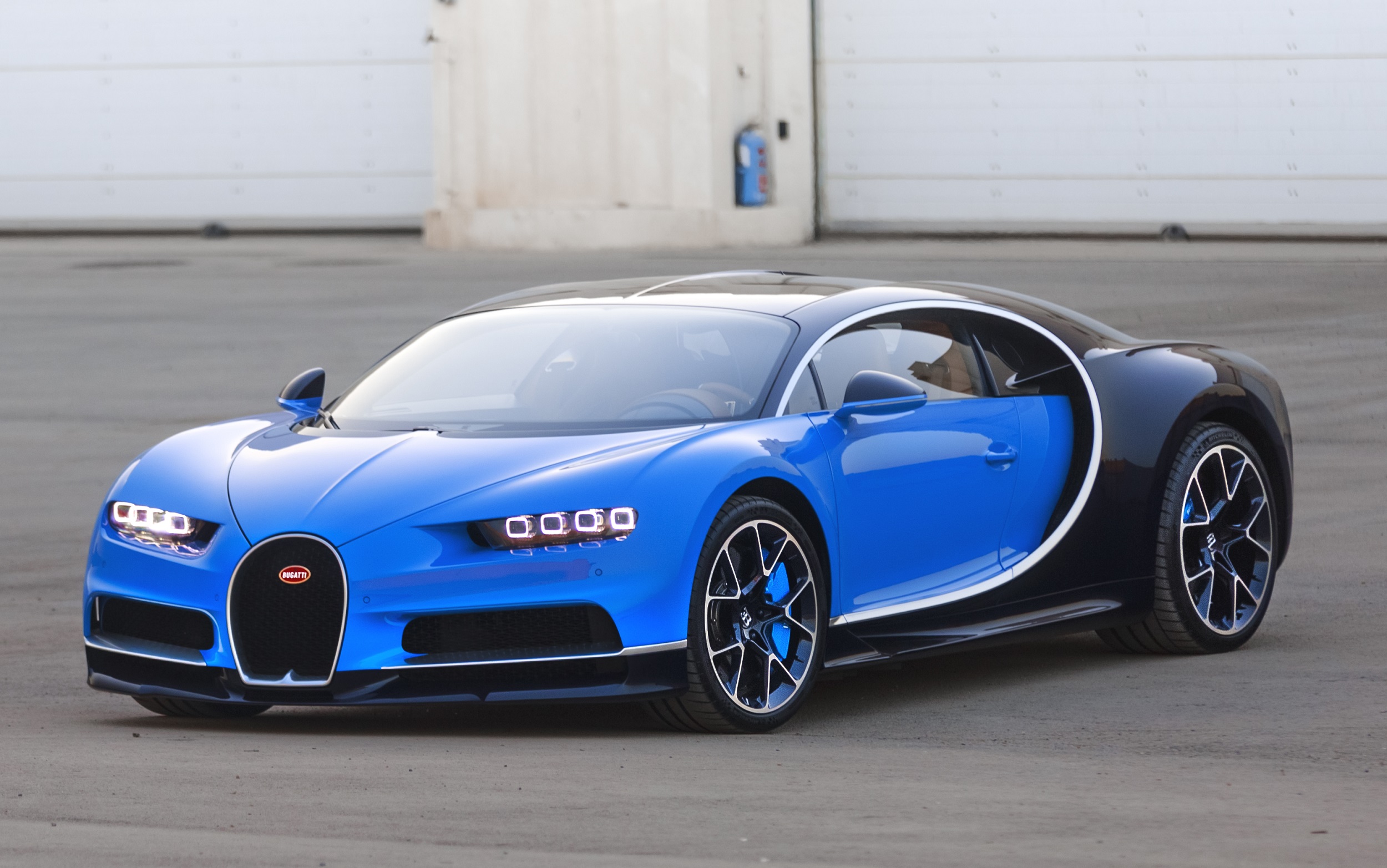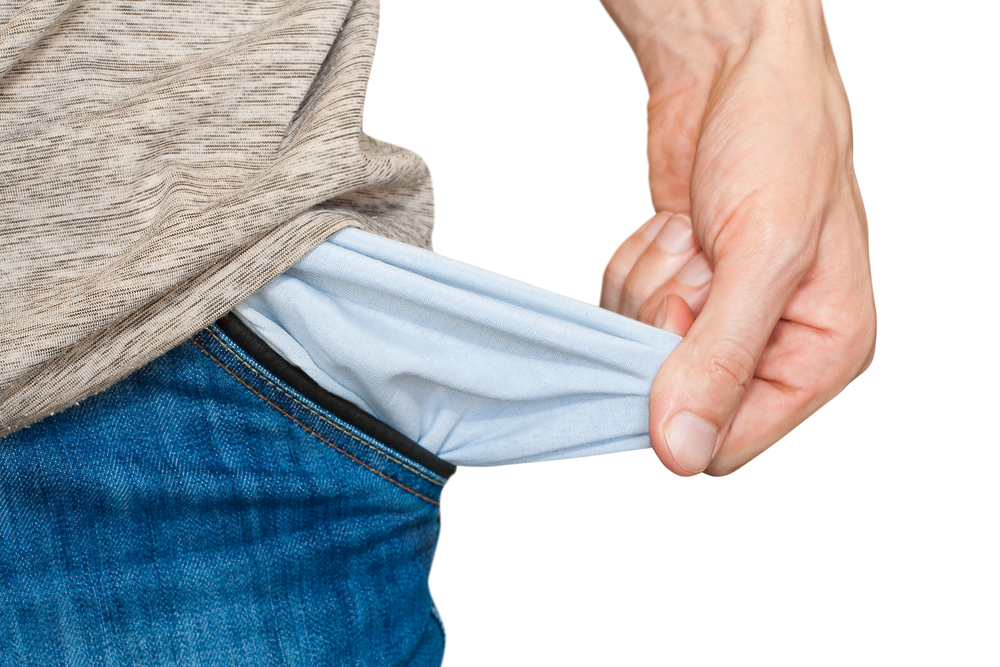Understanding Expensive Rings: What Makes Them Cost So Much?
Have you ever wondered what makes some rings carry such a big price tag? You know, the kind that make you gasp a little? It's not just about how they look, or what they're made of, though those things certainly play a part. When we talk about expensive rings, we are really getting into something that involves a high cost or a real sacrifice, as the meaning of expensive from the Cambridge Academic Content Dictionary explains. It's about what goes into making something truly special, something that stands out in a crowd. This kind of item, as a matter of fact, often suggests a price more than the average person would normally be able to pay, or a price paid only for something quite unique.
These pieces of jewelry, you see, are more than just pretty things; they are often a symbol of something big, like a promise or a celebration. People look for these rings for many reasons, sometimes as an investment, sometimes for their rare qualities, or just because they want something that feels incredibly personal and meaningful. It's interesting to consider, too, that the cost of living itself can influence how we perceive what is expensive, with places having a cost of living index above 100 being more expensive than the national average, as some research shows. This helps put the idea of high cost into a wider context, doesn't it?
Today, as we look at the end of October 2023, the interest in unique and high-value jewelry is still very strong, arguably even growing. People are seeking not just sparkle, but also a story, a history, and a certain level of craftsmanship that makes a piece truly one of a kind. So, let's explore what truly defines these costly items and why they command such significant sums of money, because there's quite a bit to unpack here.
Table of Contents
- What Makes a Ring Expensive?
- Are Expensive Rings a Good Choice for You?
- Identifying Real Value in a Ring
- Frequently Asked Questions About Expensive Rings
What Makes a Ring Expensive?
When someone says, "That ring is expensive," what do they really mean? Well, as we learned from our text, expensive refers to something that costs a high amount of money or requires a significant amount of resources. It's not just a feeling; it's about the tangible elements and the work involved. There are several key things that push a ring's price up, making it a valuable, premium, or even extravagant item. Let's break down these factors, because it's actually pretty interesting to see how it all adds up.
The Heart of the Matter: Precious Stones
The main reason many rings carry a big cost is the stone that sits at their center, you know. Diamonds, rubies, sapphires, and emeralds are typically the most common choices for these high-value pieces. But it's not just about the type of stone; it's about its specific qualities. For example, a diamond's cost is basically determined by what people call the "Four Cs": carat weight, cut, color, and clarity. Each of these elements plays a huge role in how much a stone is worth, and therefore, how much the whole ring will cost. A larger diamond, for instance, will generally mean a higher price, all other things being equal. But a smaller diamond with an exceptional cut and perfect clarity could still be quite costly, too.
Consider the color of a diamond, for instance. Diamonds that are completely colorless are rarer and, consequently, more expensive. A diamond that has a faint yellow tint will typically cost less. Clarity refers to how many natural marks or inclusions are inside the stone. A diamond with very few or no visible marks is quite rare and will fetch a much higher price. Then there's the cut, which is arguably one of the most important factors. A skilled cutter can make a diamond sparkle in a way that truly catches the light, even if it's a bit smaller. This craftsmanship in the cutting process adds significant value, naturally.
Other precious stones, like rubies or emeralds, also have their own set of criteria. For a ruby, the most sought-after color is a deep, vivid red, sometimes called "pigeon's blood." The size of the stone, its origin, and how clear it is also matter a great deal. An emerald, on the other hand, is prized for its intense green color and often has natural inclusions, which are sometimes even considered part of its unique character. Nevertheless, fewer, less noticeable inclusions usually mean a higher price. So, it's pretty clear that the stone itself is a primary driver of the overall expense, isn't it?
The Metal That Holds It All Together
While the stone often gets most of the attention, the metal used for the band is also a big part of why some rings are expensive. Gold, platinum, and sometimes palladium are the common choices for these valuable pieces. Platinum, for example, is generally more expensive than gold because it's rarer and also denser, meaning a platinum ring will weigh more than a gold ring of the same size. Gold's purity is measured in karats; 24-karat gold is pure gold, but it's too soft for everyday wear, so it's usually mixed with other metals to make it stronger, like 18-karat or 14-karat gold. Higher karat gold, meaning more pure gold, will typically cost more.
The choice of metal affects not only the cost but also the ring's durability and how it looks over time. Platinum, for instance, is known for its strength and its natural white luster, which doesn't fade. White gold, by the way, is yellow gold mixed with other metals and then coated with rhodium to give it a white appearance. This rhodium plating eventually wears off, so it needs to be re-plated every now and then, which is a small ongoing cost. So, when you pick a metal, you're not just picking a color; you're picking a material with its own set of characteristics and price points, you know.
Craftsmanship and Design: The Human Touch
Think about a ring that has very intricate details or a really unique shape. This kind of design work takes a lot of skill and time from a master jeweler. The more complex the design, the more hours it takes to create, and thus, the higher the labor cost. Hand-forged rings, custom designs, or pieces with very delicate settings will naturally be more expensive than mass-produced rings. This is where the artistry really comes into play. A truly talented artisan can turn raw materials into a work of art, and that talent commands a higher price, as a matter of fact.
The setting of the stone is another important part of this. A halo setting, where small diamonds surround a larger central stone, requires many tiny stones to be carefully placed. A pave setting, where the surface of the ring is covered in small diamonds, is also very labor-intensive. These techniques not only make the ring sparkle more but also significantly increase the time and precision needed to create the piece. So, the human element, the skill of the person making the ring, is a really big factor in its overall cost, you see.
Brand and Provenance: A Story in Every Piece
Just like with clothes or cars, the brand name can make a big difference in a ring's price. Some jewelry houses have built a reputation for exceptional quality, unique designs, and a long history of serving very discerning customers. When you buy a ring from a well-known, high-end brand, you're not just paying for the materials and the labor; you're also paying for that brand's prestige, its guarantee of quality, and the experience that comes with it. This is similar to how something can be considered premium or costly just because of who made it, right?
Provenance, which means the origin or history of a piece, can also add to its value. A ring that belonged to a historical figure, or one that has a documented journey through various important collections, will fetch a much higher price at auction. This is because its story makes it truly one of a kind. Even without a famous owner, knowing that a stone was ethically sourced and came from a reputable mine can add a sense of value and peace of mind for the buyer. This information, you know, makes the piece even more special.
Rarity and Demand: The Pull of the Unique
Something that is hard to find will almost always cost more, that's just how it works. This is very true for expensive rings. If a particular type of diamond or a specific color of gemstone is extremely rare, its price will naturally go up because there's a limited supply and often high demand. Think about a diamond that has a truly unique color, like a pink or blue diamond; these are incredibly rare and command prices that are just astronomical. The fewer there are, and the more people want them, the higher the cost goes. This makes them very much a premium item.
Trends can also play a role here. If a certain style or type of stone becomes very popular, its demand increases, and so does its price. For example, in recent years, there's been a growing interest in unique, non-traditional engagement rings, which has driven up the value of certain lesser-known gemstones or unique cuts. So, the interplay between how much of something exists and how many people want it is a powerful force in determining what makes a ring truly expensive, isn't it?
Are Expensive Rings a Good Choice for You?
Deciding whether to buy an expensive ring really comes down to your personal situation and what you value. As our source text suggests, expensive is applied to whatever entails considerable expense, and it often suggests a price more than the average person would normally be able to pay. For some, a high-value ring is an investment, something that might hold or even increase its worth over time. For others, it's about the emotional significance, a way to mark a truly important moment with something that feels truly special. You know, it's about what it means to you.
It's important to think about your budget and your lifestyle, naturally. A ring that costs a lot of money might require special insurance or more careful handling. On the other hand, a well-made, high-quality ring, even if it's costly, can last a lifetime and be passed down through generations, becoming a cherished family heirloom. So, consider what you want the ring to represent and how it fits into your life. It's not just about the price tag, but about the long-term value and joy it brings, basically.
Identifying Real Value in a Ring
So, how can you tell if an expensive ring is truly worth its price? The first step is to educate yourself about the factors we just talked about: the stone's qualities, the metal's purity, and the craftsmanship. Always ask for proper documentation for any precious stone, such as a grading report from a reputable gemological laboratory. This report will detail the stone's exact characteristics, like its color, clarity, and cut, giving you an objective assessment of its quality. This information is very important for understanding the true worth of the piece.
It's also a good idea to work with a jeweler you trust, someone who has a good reputation and can explain everything clearly. They should be able to answer all your questions and show you how the different factors contribute to the ring's overall cost. A reliable jeweler will be transparent about pricing and sourcing. Remember, a ring that is truly expensive should also be valuable, premium, and precious, as our text suggests. It should feel like something special, not just something that costs a lot. So, take your time, do your homework, and feel good about your choice, you know.
Learn more about jewelry on our site, and link to this page for more detailed guides.
Frequently Asked Questions About Expensive Rings
Q1: What makes a ring cost a lot of money?
A ring costs a lot of money because of several things working together. The main reason is usually the precious stone, like a diamond or a ruby, and its unique qualities such as size, color, and how clear it is. The type of metal used for the band, like platinum or high-karat gold, also adds to the price. Beyond that, the skill of the person who made the ring, the complexity of its design, and even the brand name or its history can make it much more costly. It's really a combination of rare materials and expert human effort, you see.
Q2: Are expensive rings a good investment?
Whether an expensive ring is a good investment can vary a lot, honestly. Some very rare or historically significant rings, especially those with unique gemstones, might hold or even increase their value over time. However, for most rings, their value might not grow much, or it could even go down, especially right after you buy them. It's often better to think of an expensive ring as something you buy for its beauty, its meaning, or its lasting quality, rather than purely as a financial investment. If you are looking for an investment, you might want to talk to a financial advisor, just to be sure.
Q3: How can you tell if a ring is really valuable?
You can tell if a ring is truly valuable by looking at several key things. First, check for a certification from a respected gemological lab for any main stones, which will detail their quality. Second, understand the type and purity of the metal. Third, look closely at the craftsmanship; a well-made ring will show precise work and attention to detail. Also, the reputation of the jeweler or brand can offer a good sign of quality. Getting an appraisal from an independent expert is always a good step to confirm its worth, too. For more information on gemological reports, you might find this article on GIA reports helpful.
So, as you can see, the world of high-value rings is quite fascinating, full of intricate details and stories. It's about more than just money; it's about artistry, rarity, and often, deep personal meaning. Understanding what makes these pieces so costly helps us appreciate their true worth, doesn't it?
- Shelley Carbone Net Worth
- Los Angeles Is Home To The Largest And Most Expensive Residence In The World

12 Of The Most Expensive Mercedes-Benz Cars Ever Sold

EXOTIC: The 10 Most Expensive Cars In The World (UPDATED 09 2018) | Cars247

“That’s Too Expensive”—What It REALLY Means - Don Cooper, The Sales